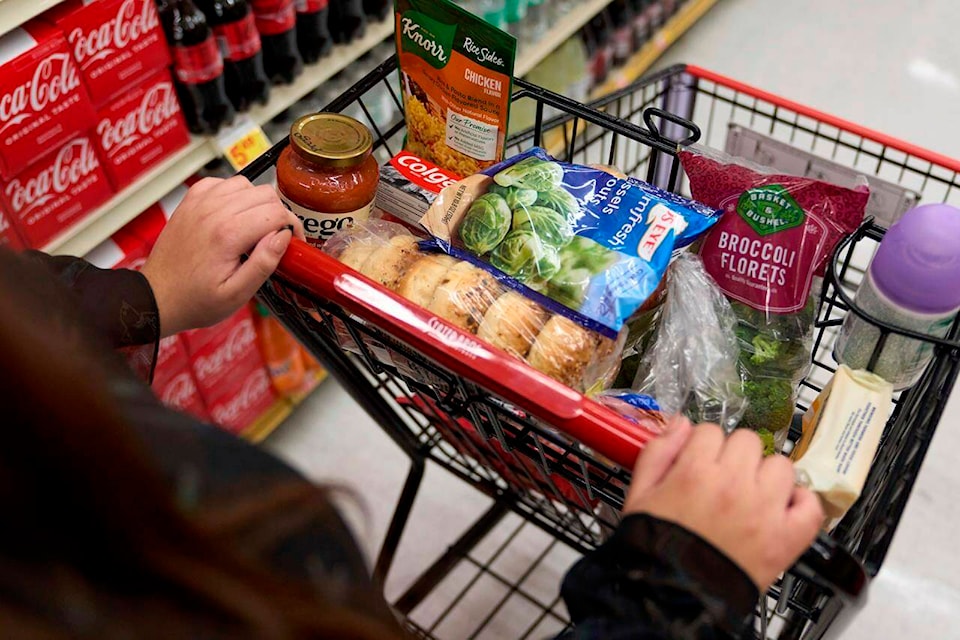Life continues to get a bit more expensive in Yellowknife, according to the lates consumer price index released by Statistics Canada on Tuesday.
The price of food in Yellowknife rose to 6.6 per cent in the month of January. The hike in cost comes from grocery store items like dairy and eggs, meat, and fruit, according to the index.
Food from restaurants has become more expensive too, now 4.5 per cent more expensive since December of last year.
Shelter costs also rose 6.2 per cent. Statistics Canada attributes this spike as “largely a result of higher prices for fuel oil and other fuels.”
Water, fuel and electricity rose to 5.6 per cent. Some items that saw the biggest jump in prices include tobacco products and smokers’ supplies, which climbed to 8.8 per cent in prices since last December.
Personal care has also seen a rise in the past few months, having spiked to 11 per cent since last year.
Overall, the inflation rate rose to 2.8 per cent in Yellowknife, compared to one year ago. By comparison, Edmonton and Iqaluit jumped three per cent and Whitehorse jumped 2.6 per cent.
For Canada as a whole, the annual inflation rate jumped to 2.9 per cent.
“Transportation also rose over the period as an increase in purchasing and leasing of vehicles was partially offset by a decrease in public transportation (airlines),” the index states.
Yellowknife isn’t alone in this rising prices. In fact, Statistics Canada says that all provinces saw a price increase. Alberta had the biggest increase, at 3.4 per cent.
Not everything in Yellowknife has become more expensive though.
Clothing accessories and jewellery have become less expensive by about 5.8 per cent since last year.
Other annual declines include household operations & furnishings, which dropped by 4.6 per cent, and recreation, education and reading, dropping by 2.9 per cent.
—By Devon Tredinnick
